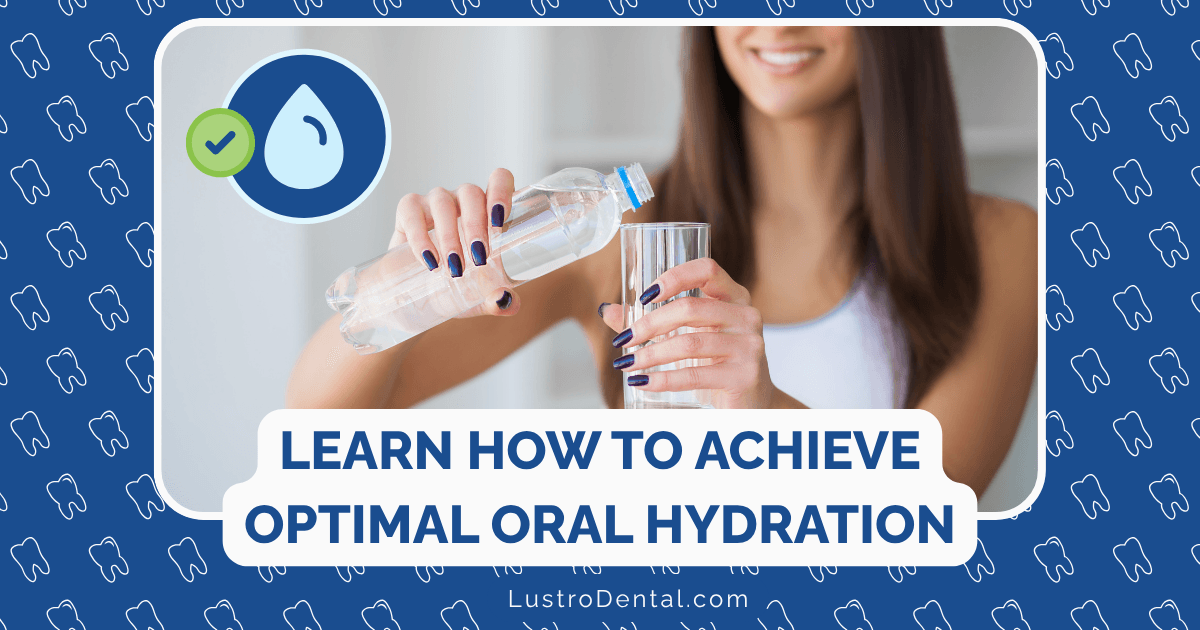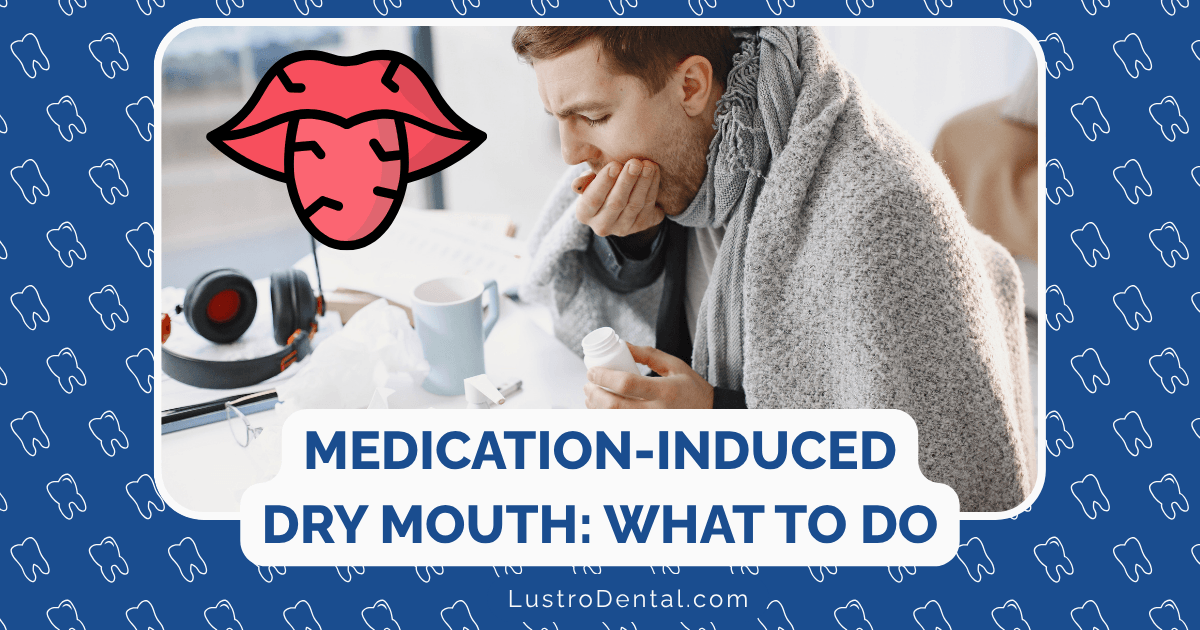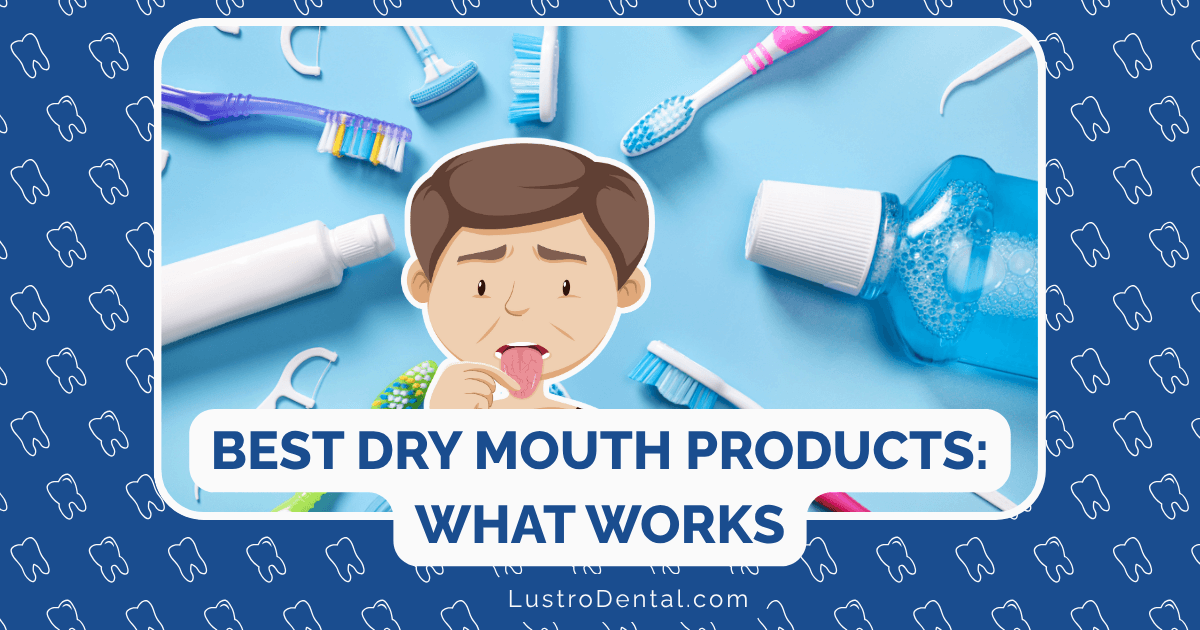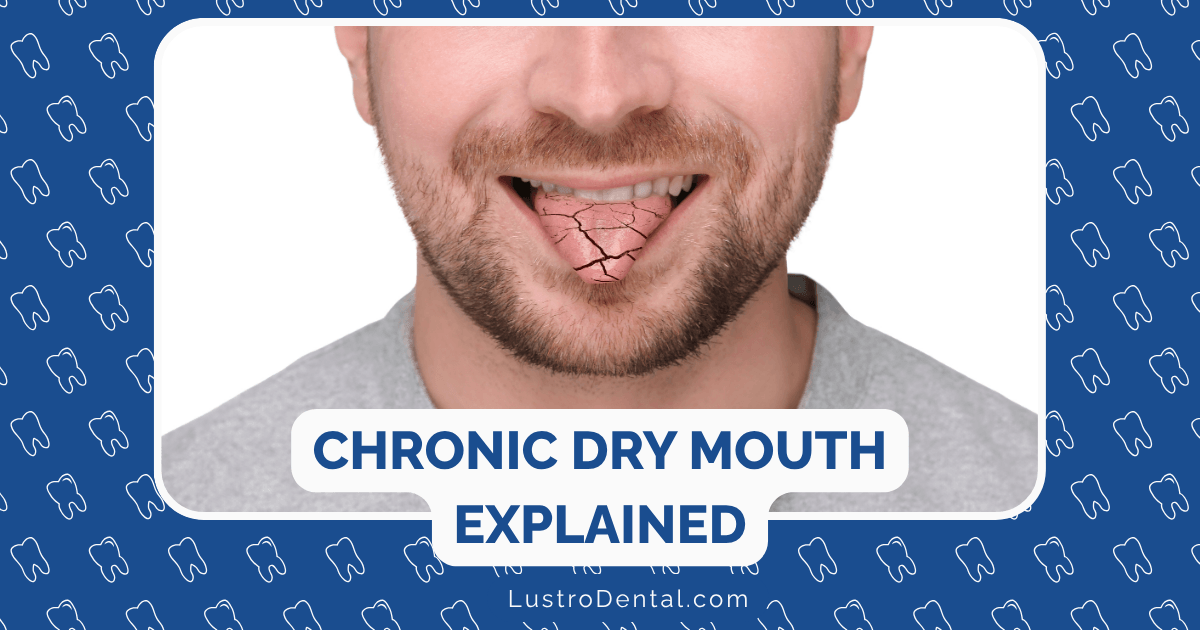Oral Cancer Risk Factors: Alcohol, Tobacco, and Their Synergistic Effect
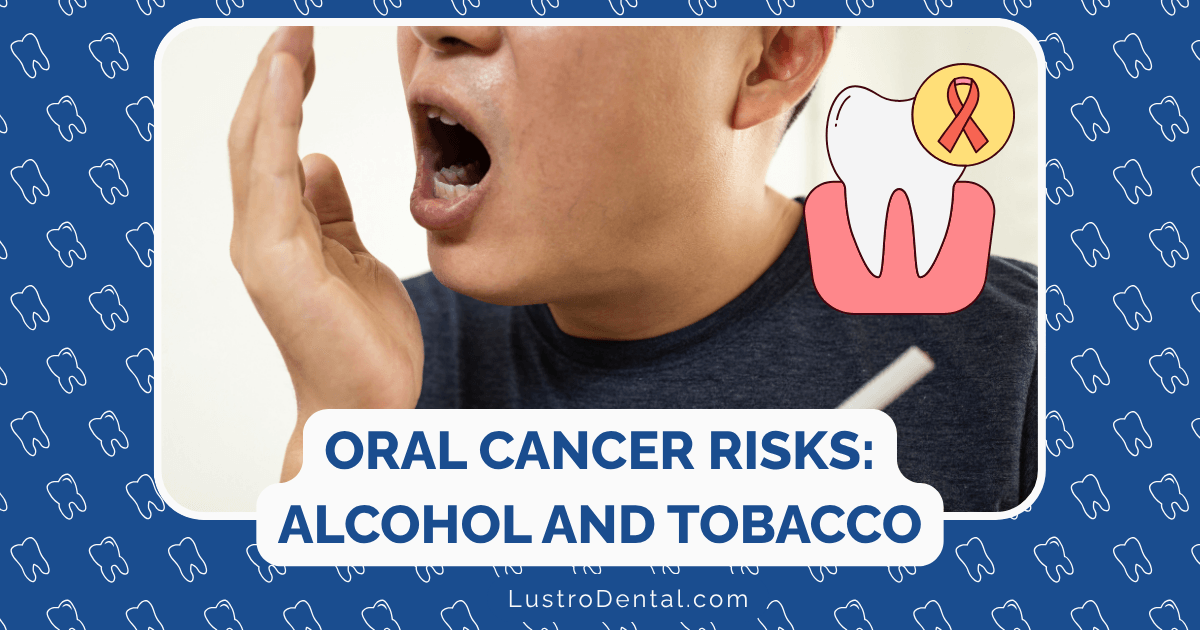
Oral cancer represents a significant global health challenge, with over 377,000 new cases and 177,000 deaths annually. While many factors can contribute to its development, two stand out as particularly dangerous: alcohol and tobacco. Even more concerning is what happens when these two substances are used together—creating a risk that’s far greater than the sum of its parts.
Understanding Oral Cancer: The Basics
Oral cancer, primarily oral squamous cell carcinoma (OSCC), affects the tissues of the mouth, including the lips, tongue, cheeks, floor of the mouth, and the hard and soft palate. Despite advances in treatment, the 5-year survival rate remains at approximately 50%, largely because many cases are diagnosed at advanced stages.
What makes this cancer particularly insidious is that its early stages often go unnoticed—small, painless changes that don’t trigger alarm until they’ve progressed significantly. This makes understanding risk factors and prevention strategies all the more critical.
Tobacco: A Primary Culprit
The Scale of Risk
The link between tobacco and oral cancer is well-established and alarming. According to Vigilant Biosciences, smoking increases oral cancer risk by a factor of ten. This means smokers are ten times more likely to develop oral cancer than non-smokers.
The risk increases with:
- Duration of tobacco use
- Frequency of use
- Type of tobacco product
How Tobacco Damages Oral Tissues
Tobacco smoke contains over 7,000 chemicals, with at least 70 known carcinogens. Research published in ResearchGate outlines several key mechanisms through which tobacco promotes oral cancer:
- DNA Adduct Formation: Tobacco carcinogens like nitrosamines (NNN and NNK) and polyaromatic hydrocarbons (B[a]P) bind directly to DNA, forming structures called adducts that disrupt normal cellular function and can lead to mutations.
- Oxidative Stress: Tobacco smoke generates reactive oxygen species that damage cellular components, including DNA, proteins, and lipids.
- Receptor Activation: Nicotine activates nicotinic acetylcholine receptors (nAChRs), triggering signaling pathways that promote cell proliferation, survival, and migration—all hallmarks of cancer.
- Immune Suppression: Tobacco compromises the immune system’s ability to identify and eliminate abnormal cells before they become cancerous.
- Genomic Instability: A 2025 study in Nature identified six tobacco-associated mutational signatures in head and neck cancers, demonstrating how tobacco creates specific patterns of DNA damage.
Smokeless Isn’t Harmless
It’s important to note that smokeless tobacco products (chewing tobacco, snuff, etc.) also significantly increase oral cancer risk. Research from the National Center for Biotechnology Information found that smokeless tobacco users had an odds ratio of 9.09 for developing oral cancer after more than 10 years of use—nearly as high as smokers.
Alcohol: The Often Underestimated Risk
The Scale of Risk
While alcohol’s role in oral cancer may receive less attention than tobacco, it’s a substantial risk factor in its own right. Heavy alcohol consumption increases oral cancer risk by approximately five times, according to Vigilant Biosciences.
The risk increases with:
- Volume consumed
- Frequency of consumption
- Type of alcoholic beverage (higher alcohol content = higher risk)
How Alcohol Promotes Oral Cancer
Alcohol contributes to oral cancer development through several mechanisms:
- Acetaldehyde Production: When alcohol is metabolized, it produces acetaldehyde—a known carcinogen. According to the National Center for Biotechnology Information, acetaldehyde forms adducts with DNA that can lead to mutations and other genetic damage.
- Tissue Permeability: Alcohol acts as a solvent, potentially enhancing the penetration of other carcinogens (like those from tobacco) into oral tissues.
- Nutritional Deficiencies: Chronic alcohol use can lead to deficiencies in nutrients that help protect against cancer, including folate, vitamin E, and zinc.
- Immune Suppression: Like tobacco, alcohol weakens the immune system’s cancer surveillance capabilities.
- Epigenetic Changes: Alcohol can alter gene expression patterns without changing the underlying DNA sequence, potentially activating cancer-promoting genes.
A 2025 study in Science Direct highlighted how alcohol consumption contributes to DNA damage in oral epithelial cells, creating conditions favorable for cancer development.
The Dangerous Synergy: When Alcohol and Tobacco Combine
When alcohol and tobacco are used together—as they often are—their cancer-causing potential multiplies dramatically. This synergistic effect is one of the most significant risk factors for oral cancer development.
The Multiplication of Risk
Research shows that combined use of alcohol and tobacco doesn’t just add risks—it multiplies them:
- While tobacco alone increases risk by a factor of 10, and alcohol alone by a factor of 5, their combined use can drive up to a 30-fold increase in oral cancer risk.
- A systematic review and meta-analysis published in PubMed found that the overall odds ratio for developing oral squamous cell carcinoma with synergistic consumption of alcohol and tobacco was 5.37. However, when alcohol was combined with both smoked and smokeless tobacco, the odds ratio jumped to a staggering 16.17.
Mechanisms Behind the Synergy
Several biological mechanisms explain this synergistic effect:
- Enhanced Carcinogen Delivery: Alcohol can increase the permeability of oral mucosa, allowing tobacco carcinogens to penetrate more easily into tissues.
- Acetaldehyde Accumulation: Both alcohol and tobacco contribute to acetaldehyde production. Tobacco smoke contains acetaldehyde, and alcohol is metabolized to acetaldehyde. When used together, acetaldehyde levels in oral tissues increase dramatically.
- DNA Repair Inhibition: Both substances can impair the body’s ability to repair damaged DNA. According to a 2025 publication in MDPI, the combined effect on DNA repair mechanisms is particularly detrimental.
- Oxidative Stress Amplification: The combined use creates higher levels of reactive oxygen species than either substance alone, accelerating DNA damage.
- Immune System Double-Hit: With both substances suppressing immune function, the body’s ability to identify and eliminate precancerous cells is severely compromised.
Demographic and Genetic Considerations
The risk factors for oral cancer aren’t uniform across all populations:
Age and Gender Patterns
- 80% of oral cancer cases occur in patients older than 55
- Men are twice as likely to develop oral cancer as women
- The combination of being male, over 55, and using both alcohol and tobacco creates a particularly high-risk profile
Genetic Susceptibility
Certain genetic factors can amplify the risks associated with alcohol and tobacco:
- The presence of the low-activity ALDH2 gene variant (common in East Asian populations) increases acetaldehyde exposure and cancer risk, particularly for alcohol users
- Variations in genes responsible for carcinogen metabolism can increase susceptibility to tobacco-related cancers
- Family history of head and neck cancers may indicate shared genetic vulnerabilities
Prevention and Early Detection
Understanding these risk factors highlights the importance of prevention and early detection strategies:
Risk Reduction
The most effective way to reduce oral cancer risk is to eliminate exposure to the primary risk factors:
- Tobacco cessation: Quitting tobacco use in any form significantly reduces risk over time
- Alcohol moderation: Limiting alcohol consumption to recommended guidelines (or avoiding it entirely)
- Combined approach: Addressing both habits simultaneously provides the greatest risk reduction
Screening and Early Detection
Regular screening is crucial, especially for those with risk factors:
- Professional oral cancer screenings: Recommended annually for all adults, more frequently for high-risk individuals
- Self-examination: Monthly checks for unusual changes in the mouth
- Advanced technologies: New screening tools like the BeVigilant™ OraFusion™ System can detect early-stage biomarkers in saliva
Warning Signs to Watch For
Being aware of potential warning signs can lead to earlier diagnosis:
- Persistent sores that don’t heal within two weeks
- Red or white patches in the mouth
- Persistent hoarseness or sore throat
- Difficulty chewing or swallowing
- Numbness in the mouth
- Swelling or lumps in the mouth or neck
The Road to Recovery: Quitting and Reducing Risk
For those who currently use alcohol, tobacco, or both, there’s good news: quitting can significantly reduce cancer risk over time.
Tobacco Cessation Benefits
- Within 5-10 years of quitting smoking, the risk of oral cancer drops by approximately 50%
- After 20 years, the risk approaches that of someone who never smoked
Alcohol Reduction Benefits
- Reducing alcohol consumption to moderate levels can significantly lower risk
- Complete abstinence provides the greatest risk reduction, particularly for those with genetic susceptibilities
Combined Approach
Given the synergistic effect, addressing both habits simultaneously provides exponential benefits for oral health and cancer risk reduction.
The Bottom Line
The relationship between alcohol, tobacco, and oral cancer is clear and concerning. While each substance individually increases risk, their combined use creates a particularly dangerous scenario due to synergistic effects at the cellular and molecular level.
Understanding these mechanisms empowers individuals to make informed choices about their health behaviors. For healthcare providers, particularly dental professionals, this knowledge underscores the importance of discussing these risk factors with patients and providing resources for cessation and moderation.
Whether you’re a current user of alcohol, tobacco, or both, have a family history of oral cancer, or are simply concerned about your oral health, awareness of these risk factors is the first step toward prevention. And for those already engaged in these habits, it’s never too late to reduce your risk by changing your relationship with alcohol and tobacco.
Disclaimer: This article is for informational purposes only and is not a substitute for professional medical advice. Always consult with healthcare providers regarding cancer risks, prevention strategies, and cessation support.


